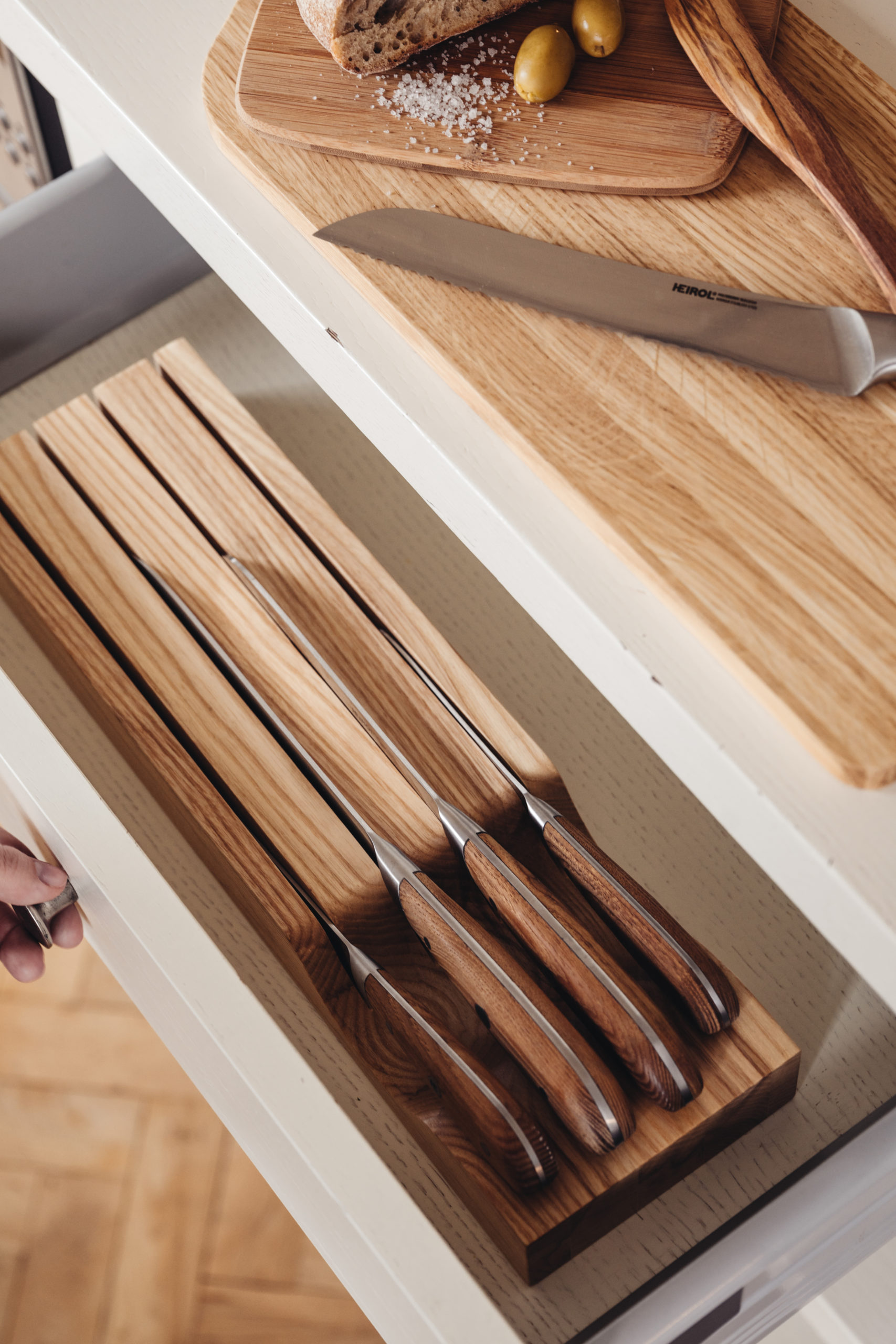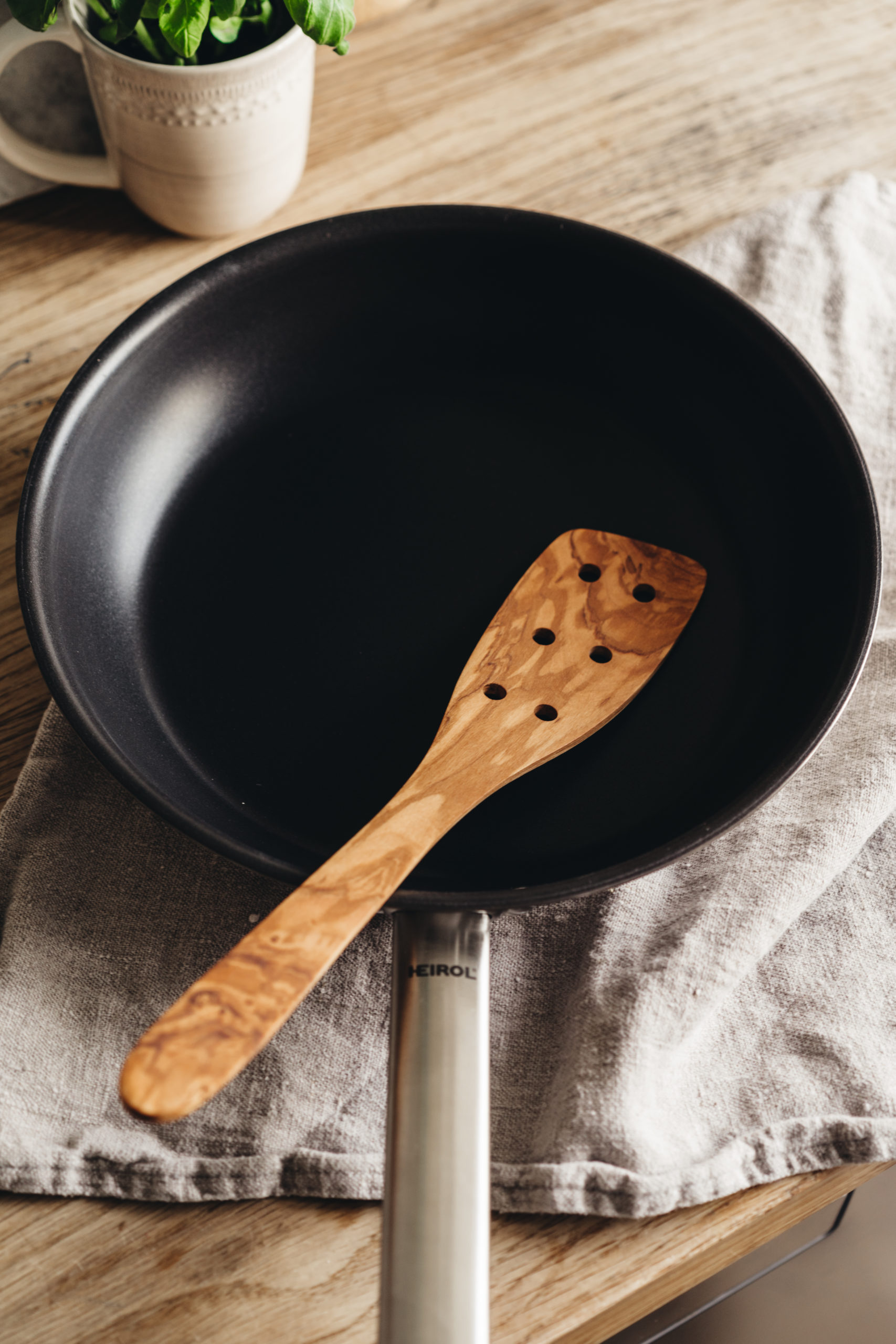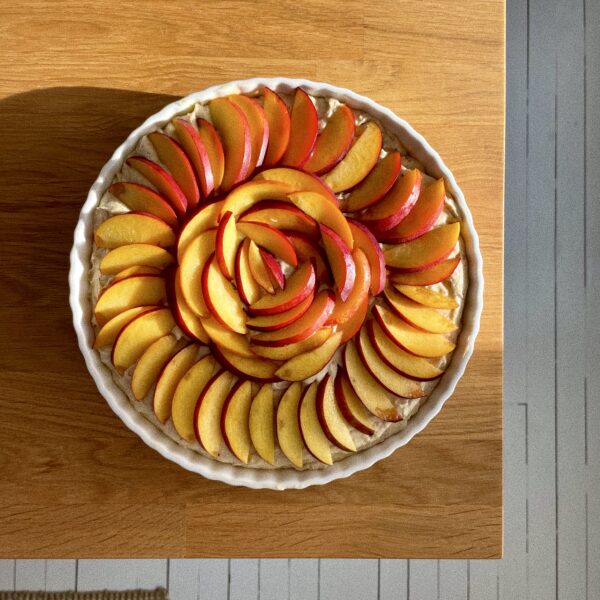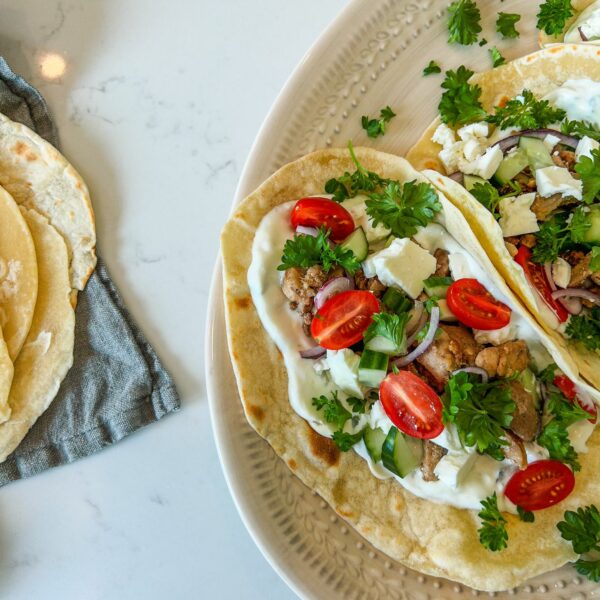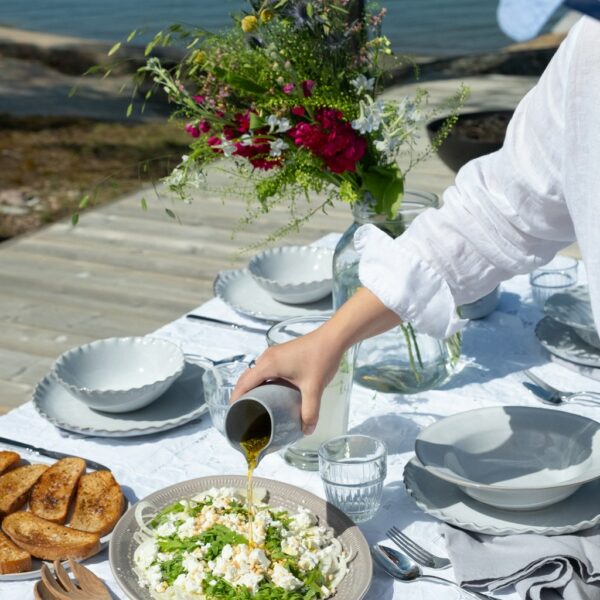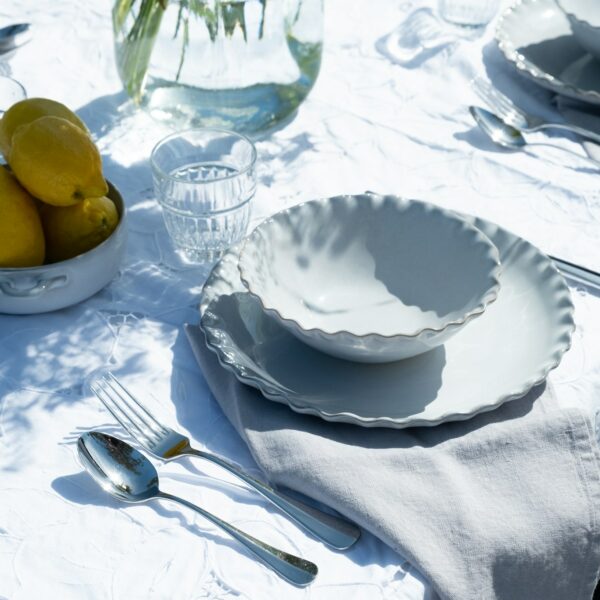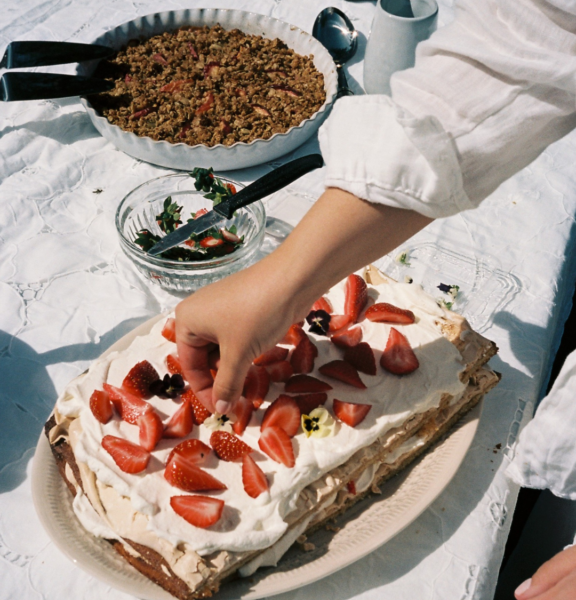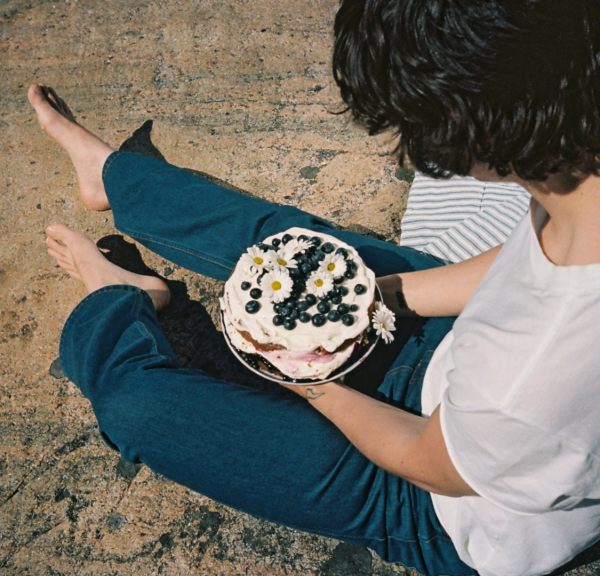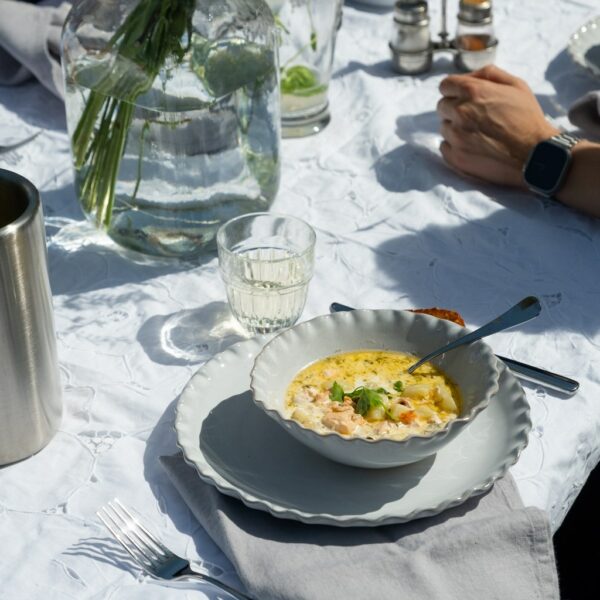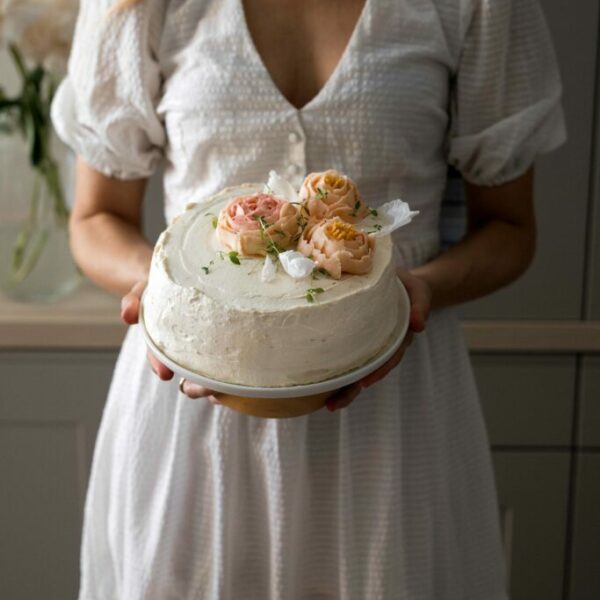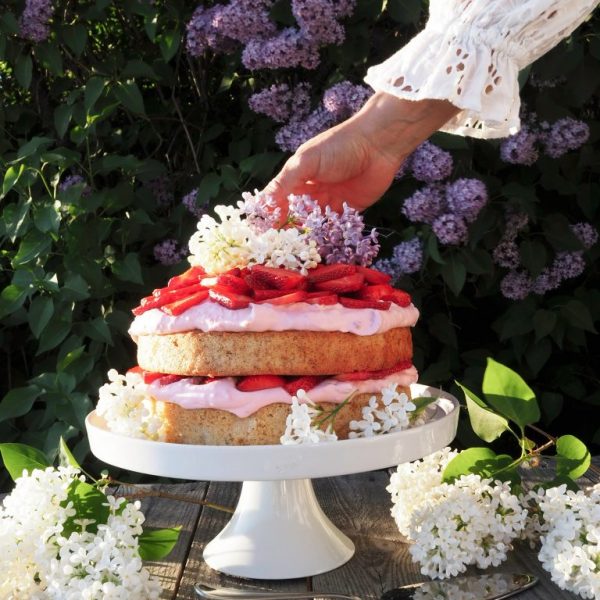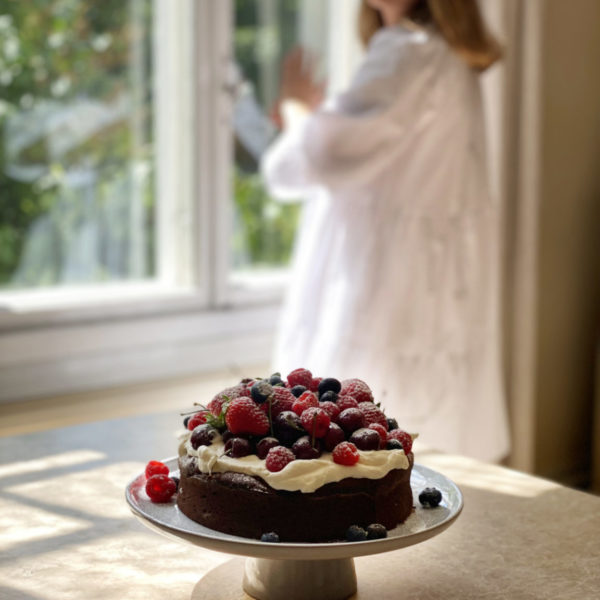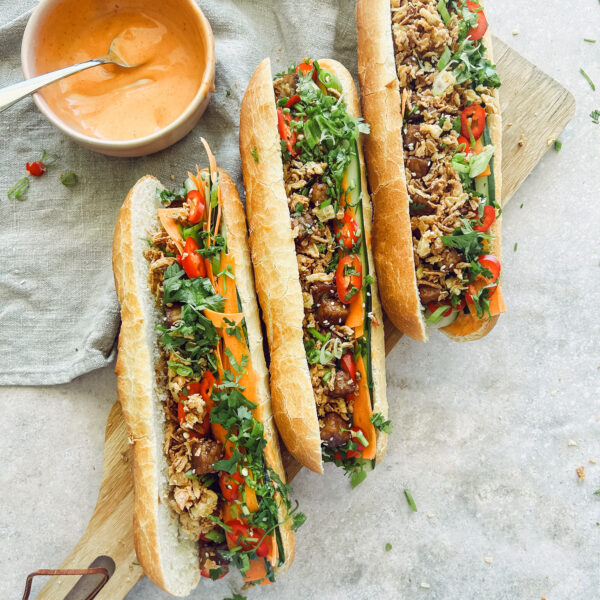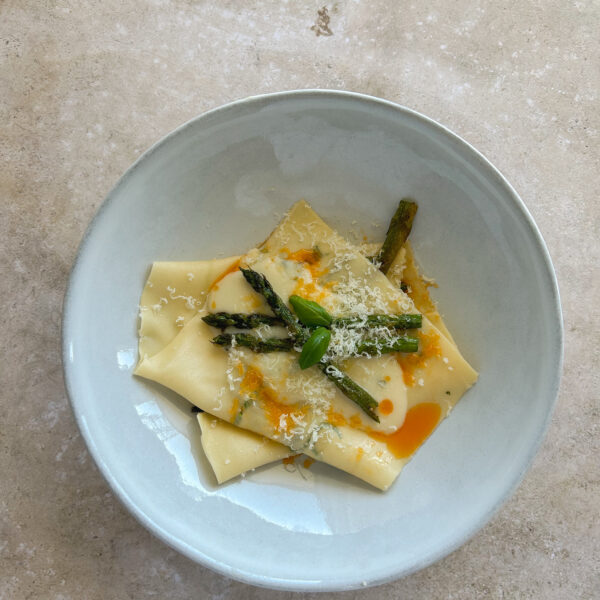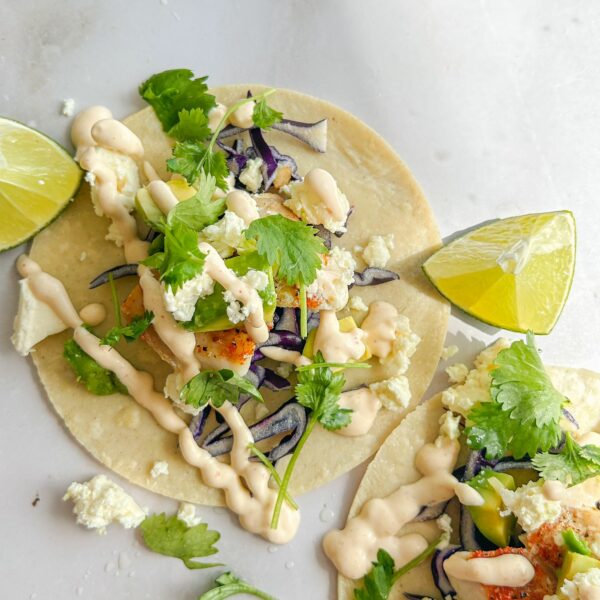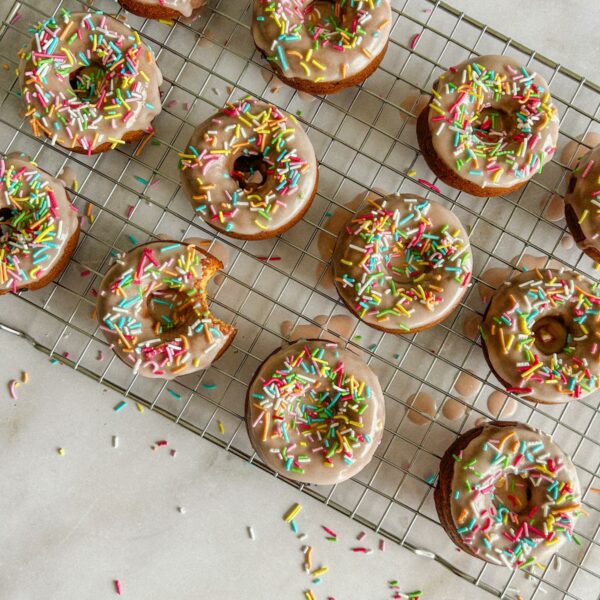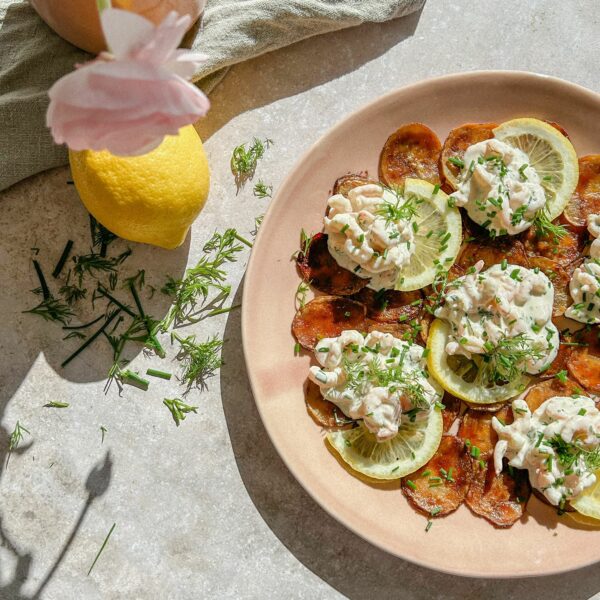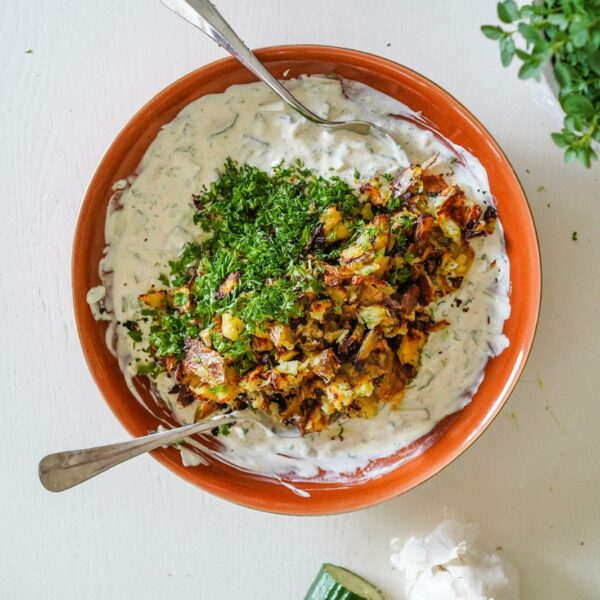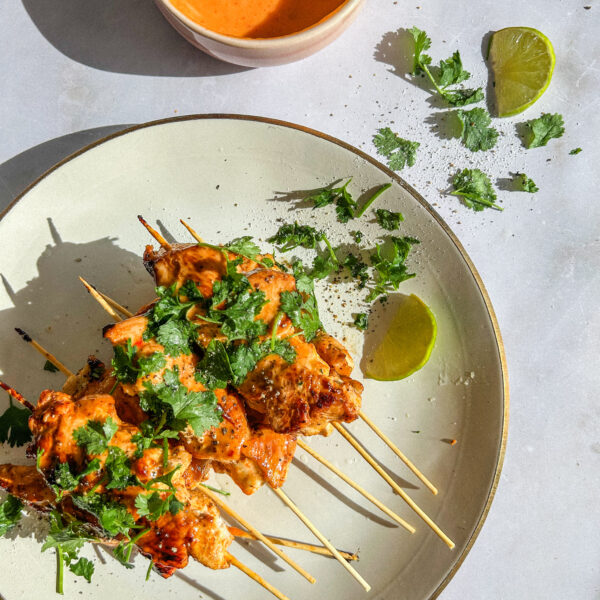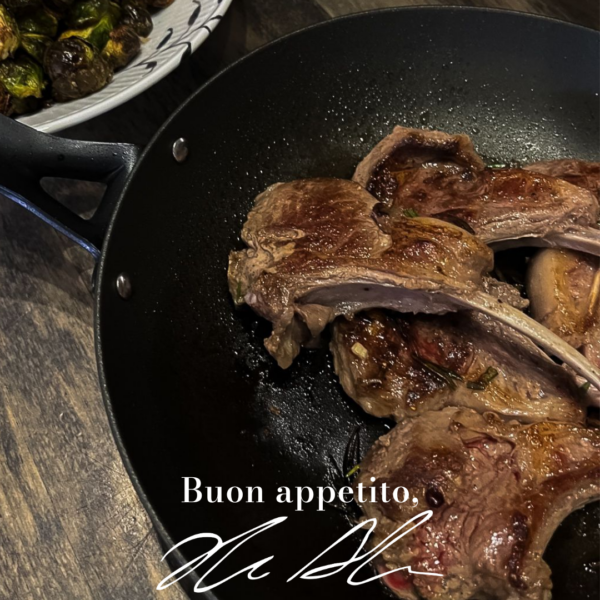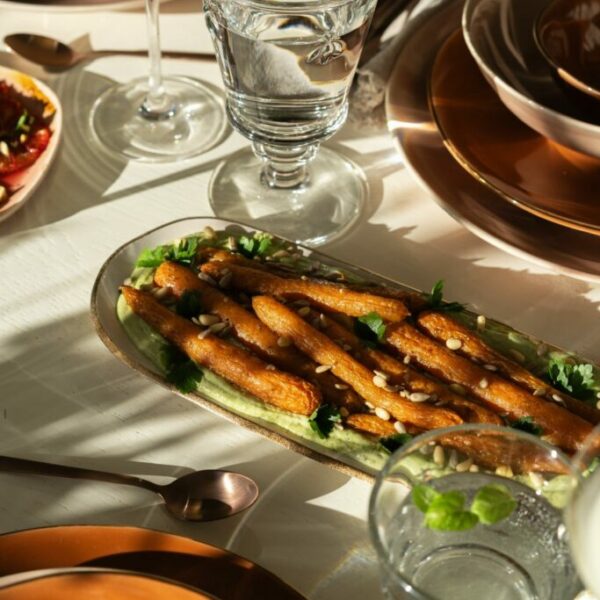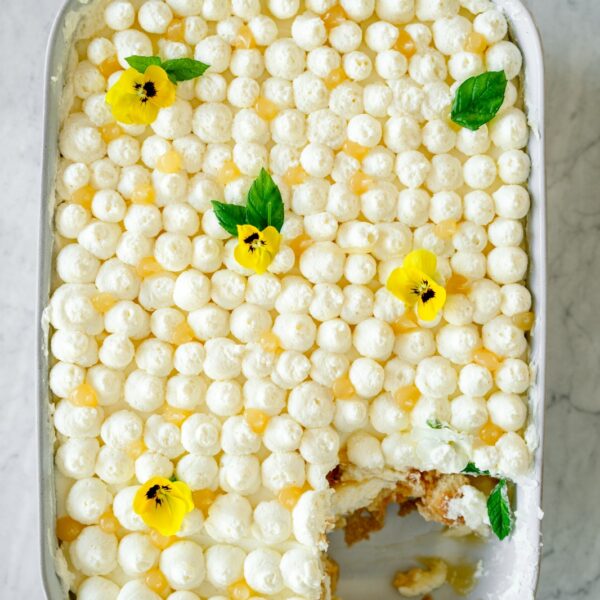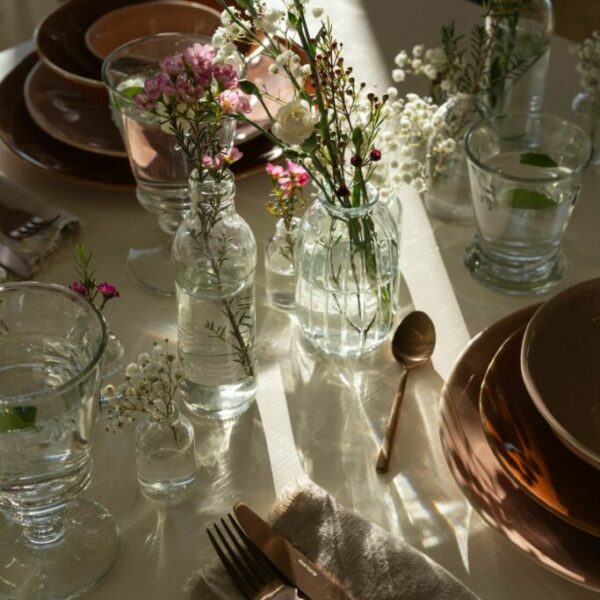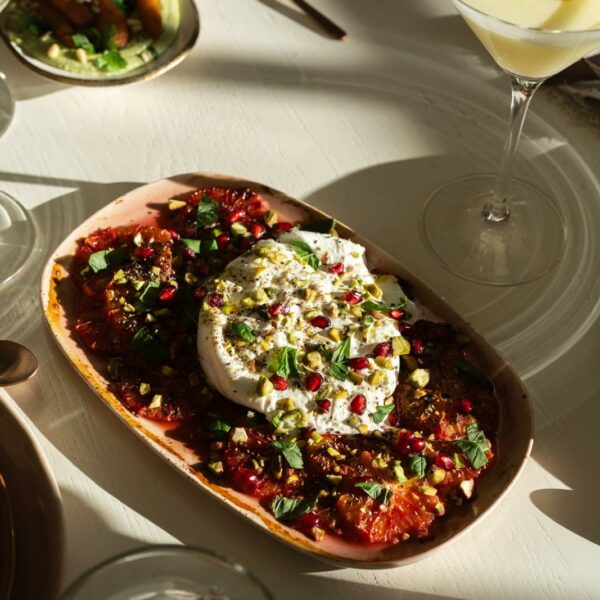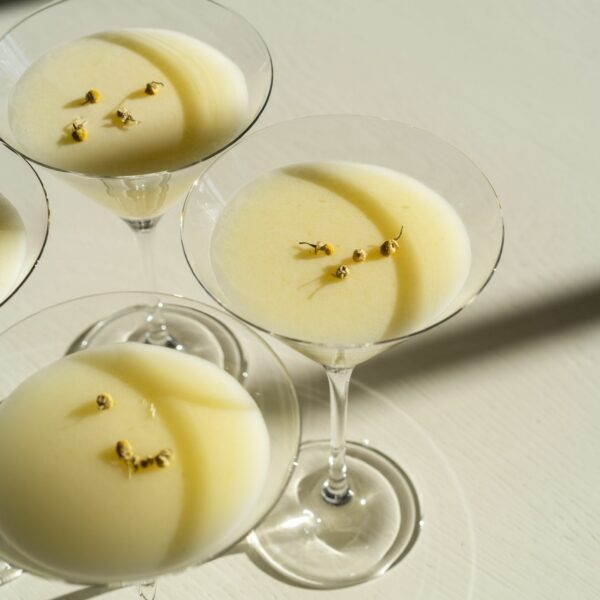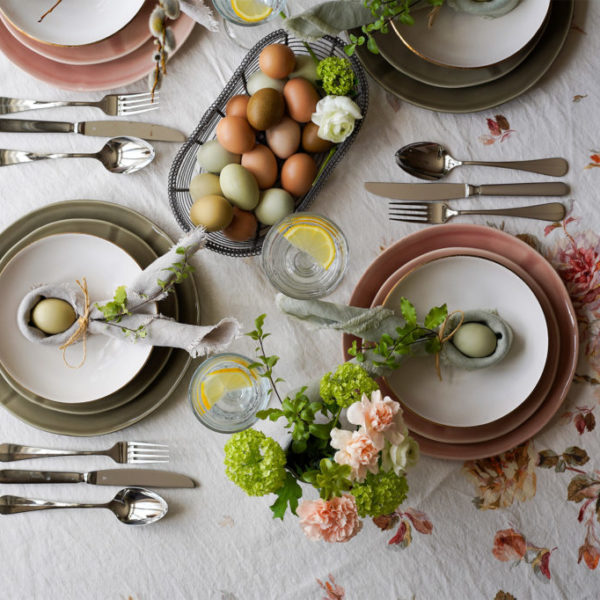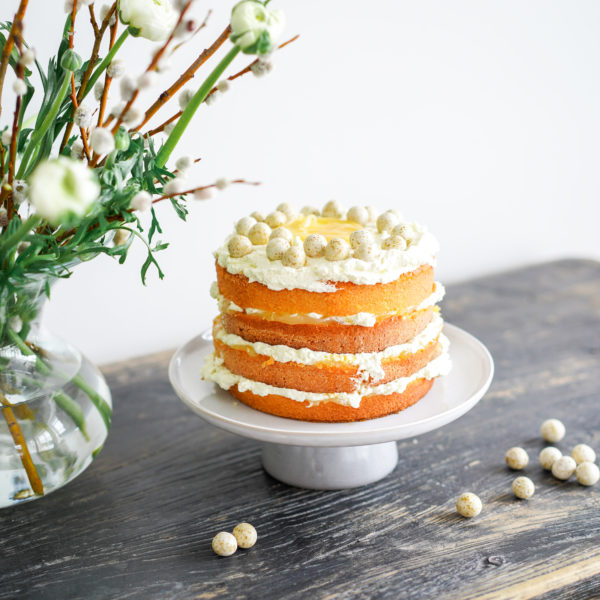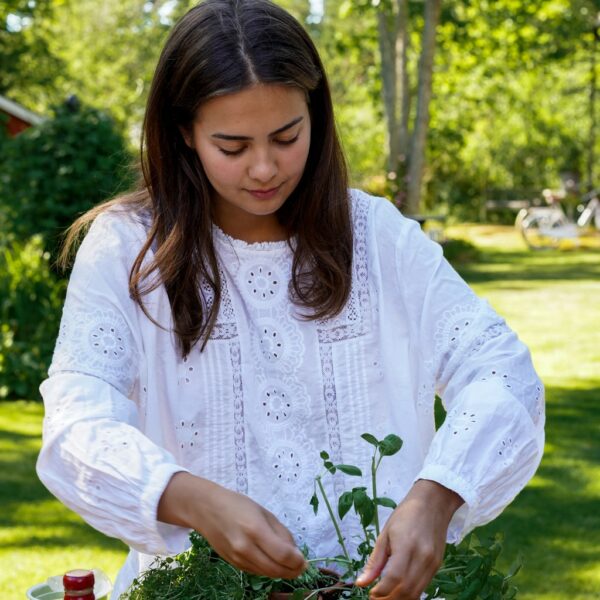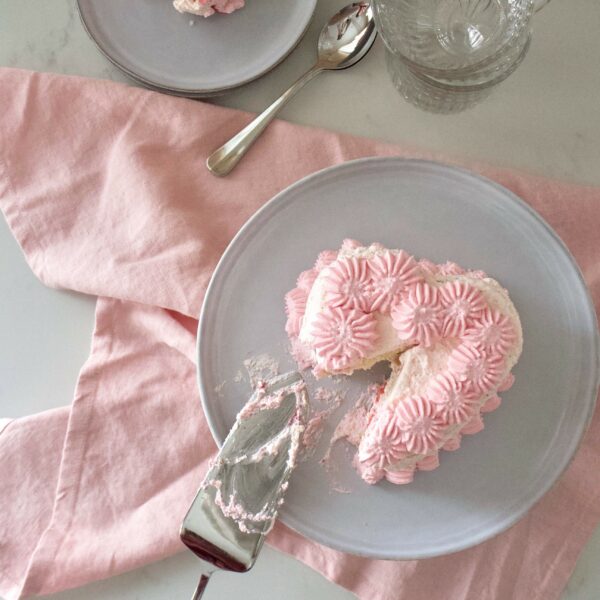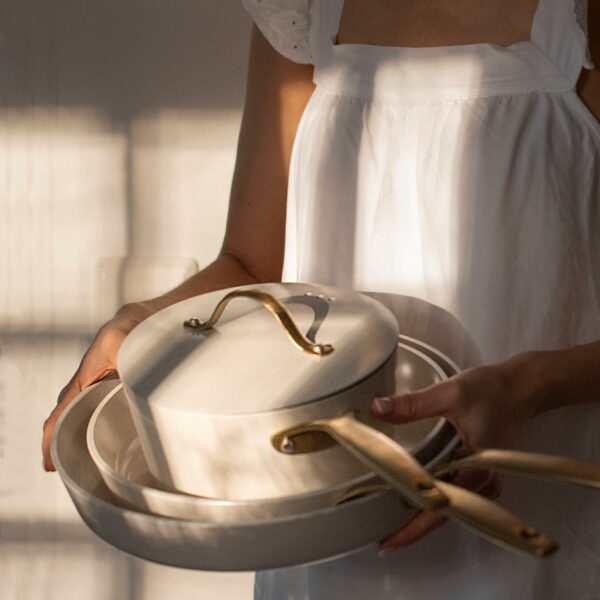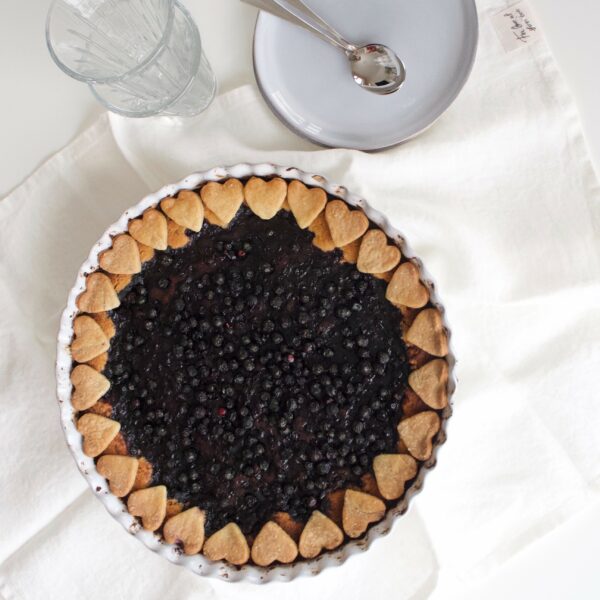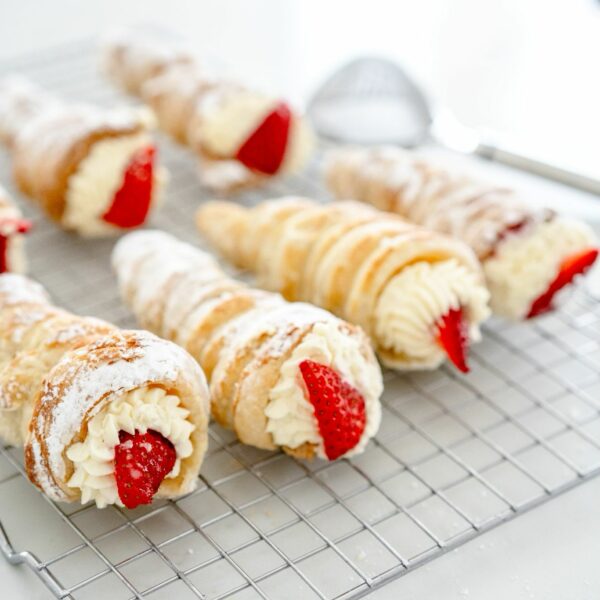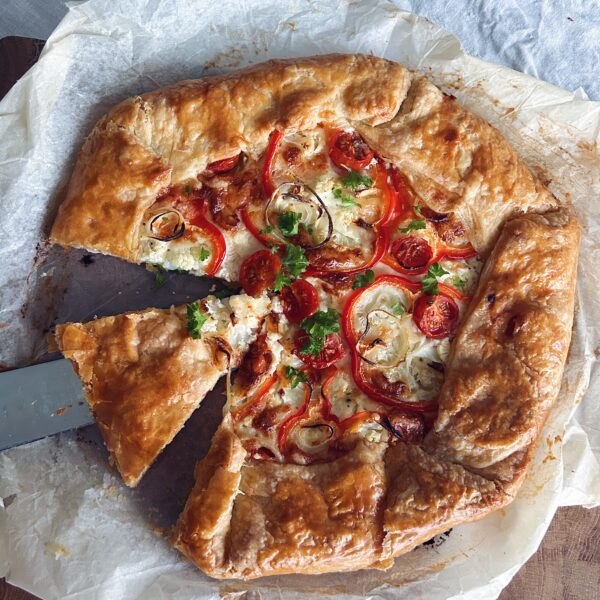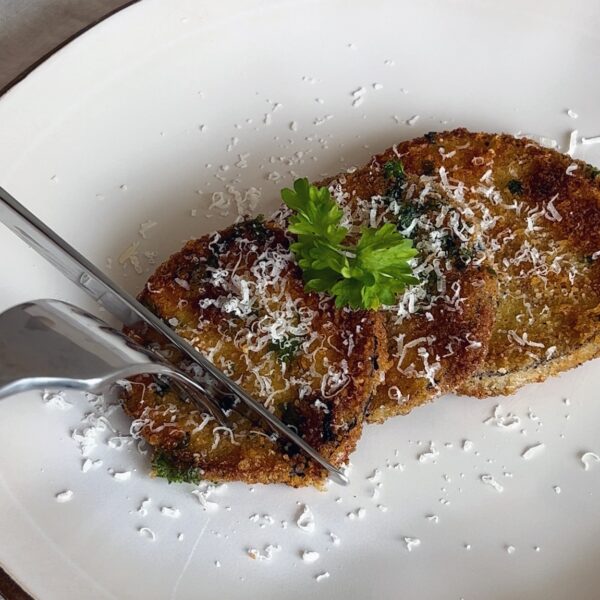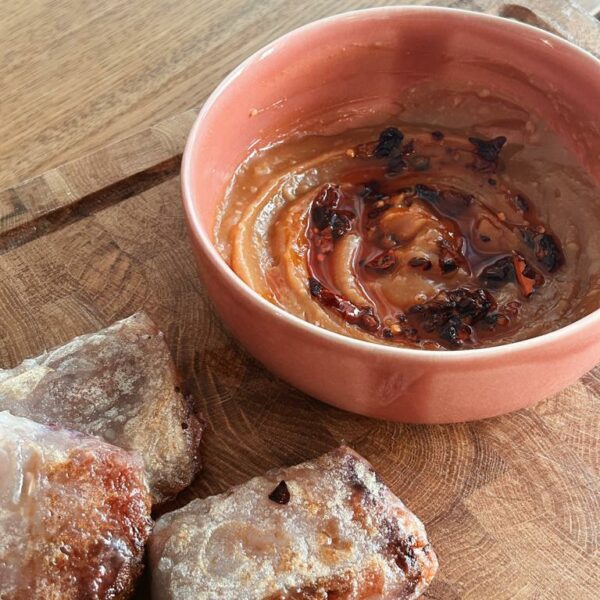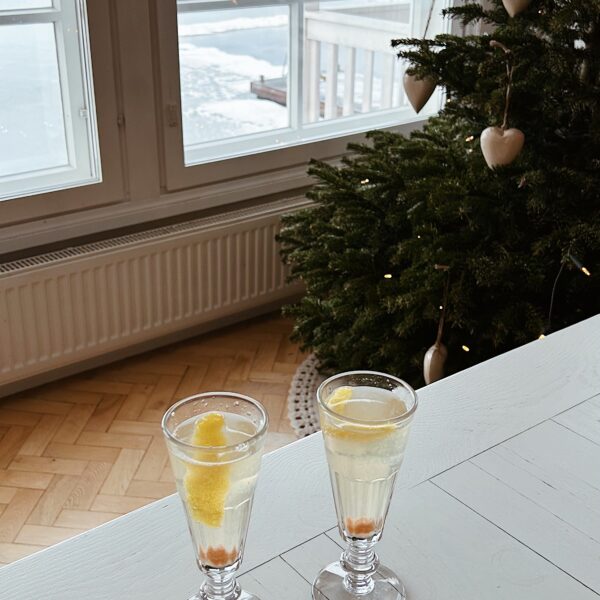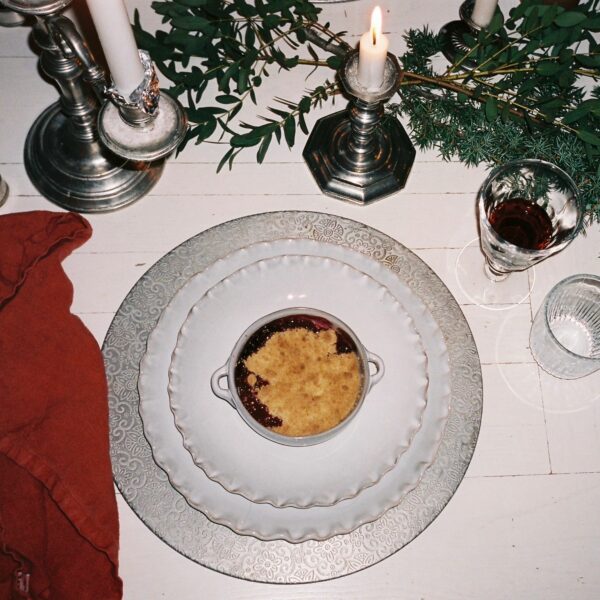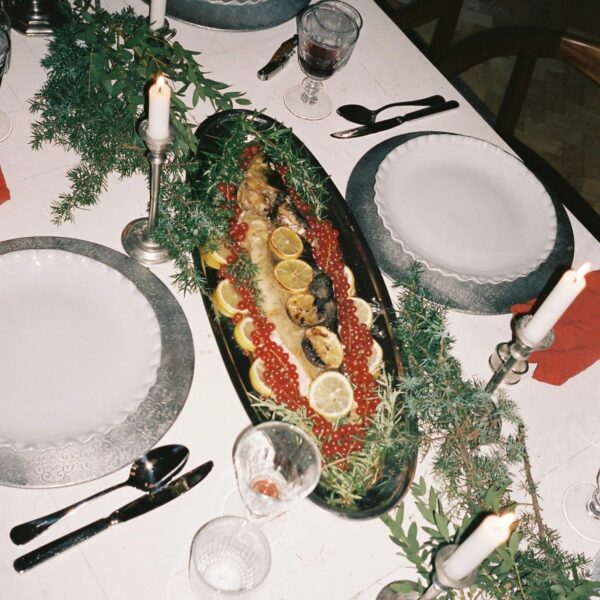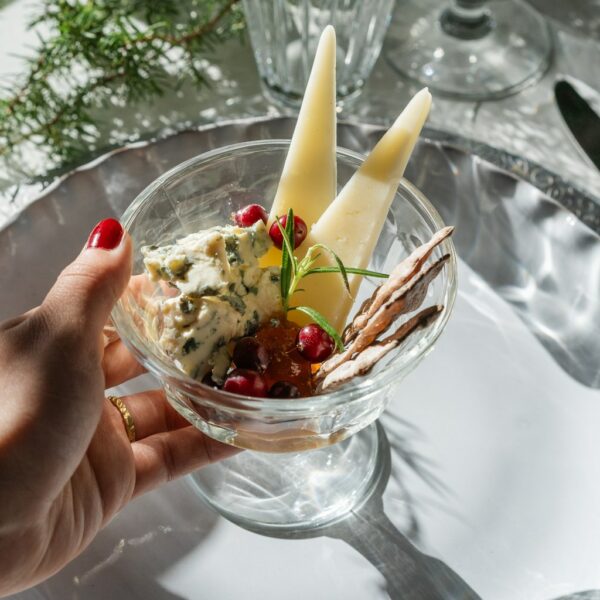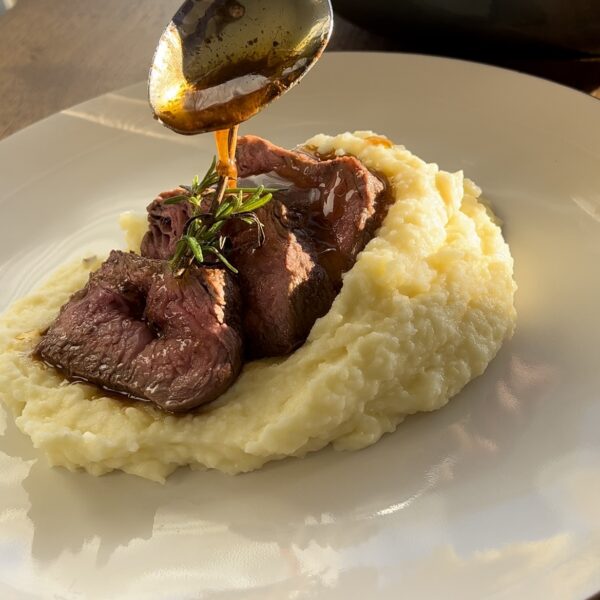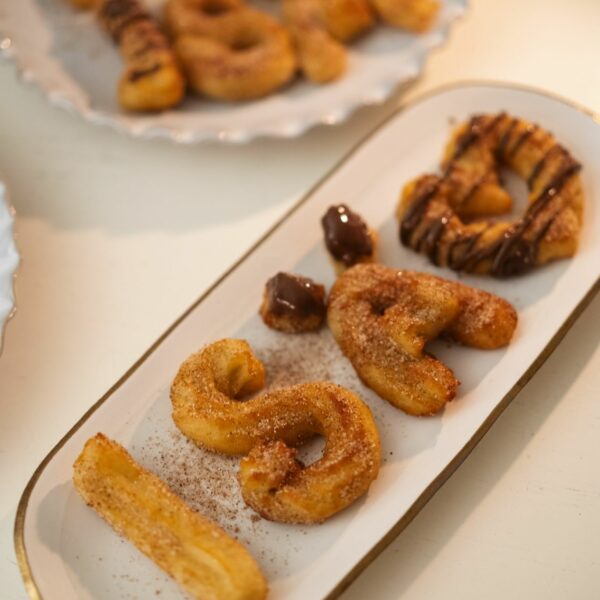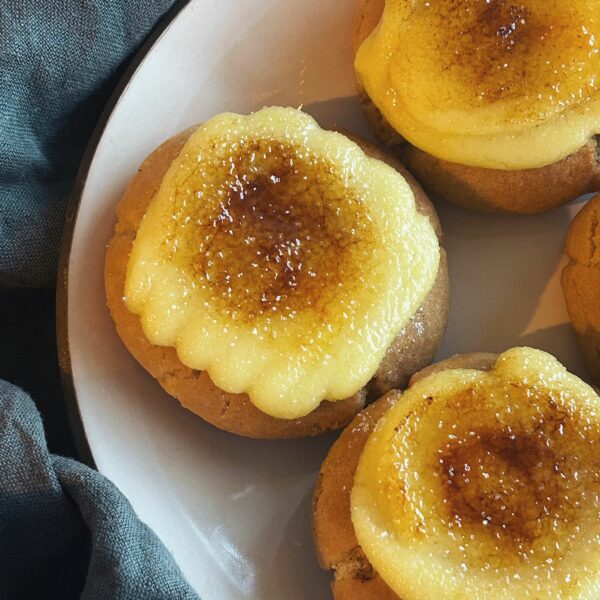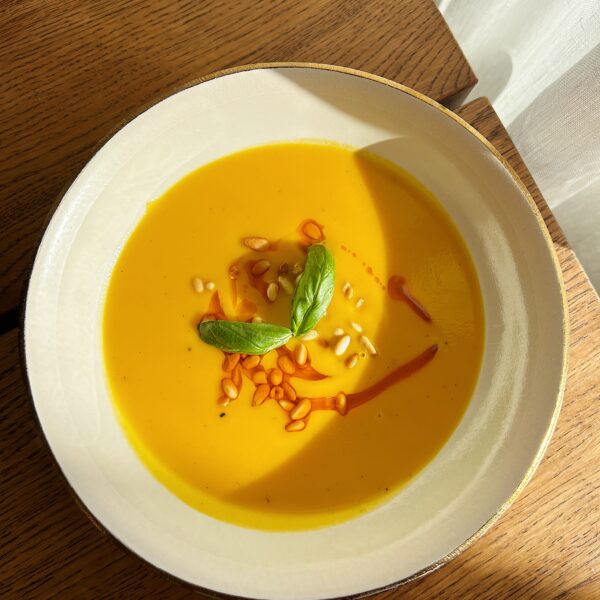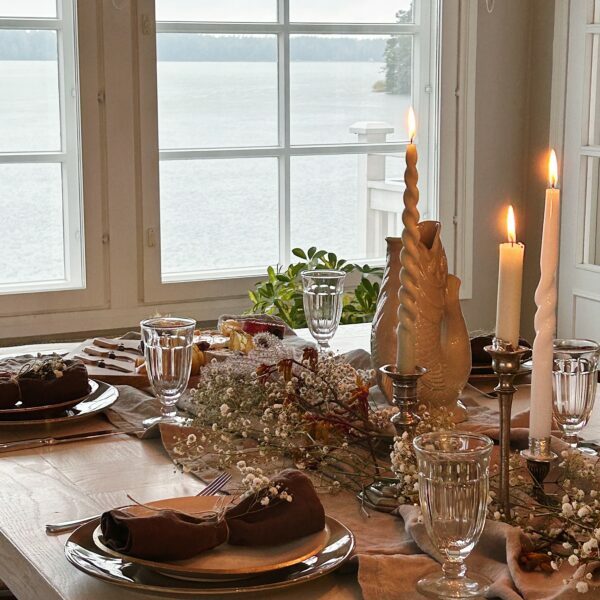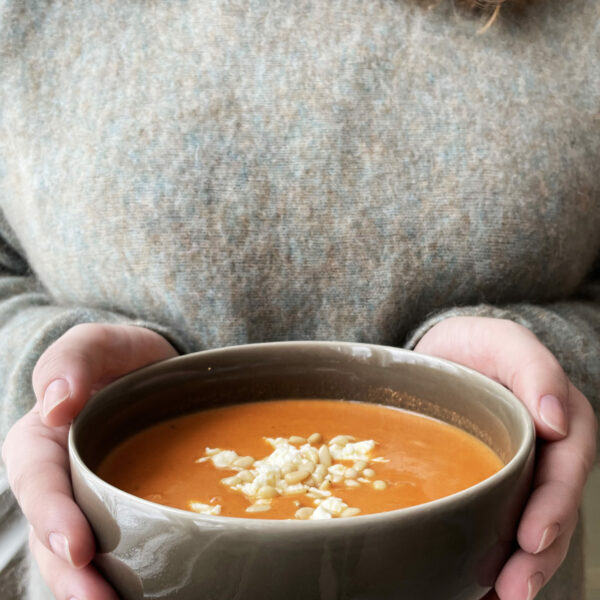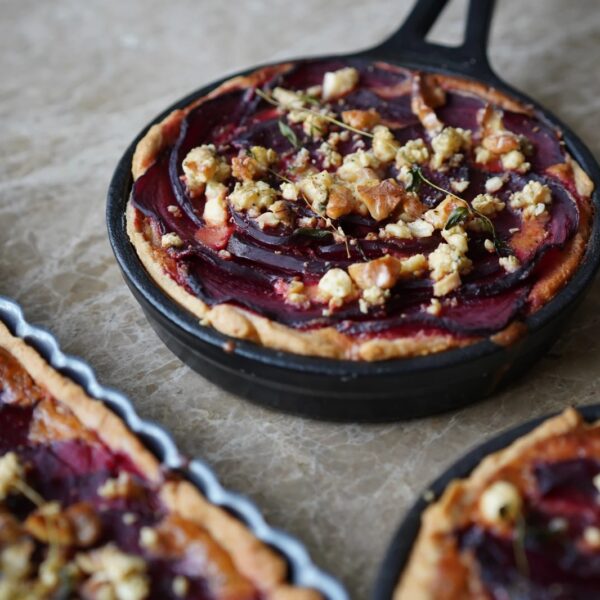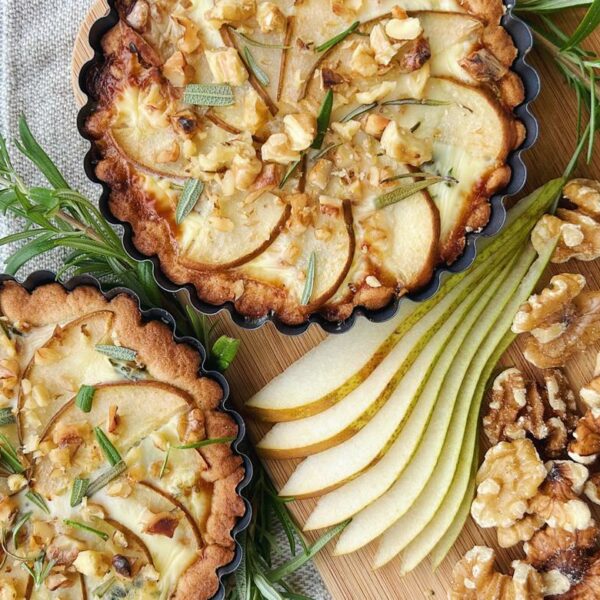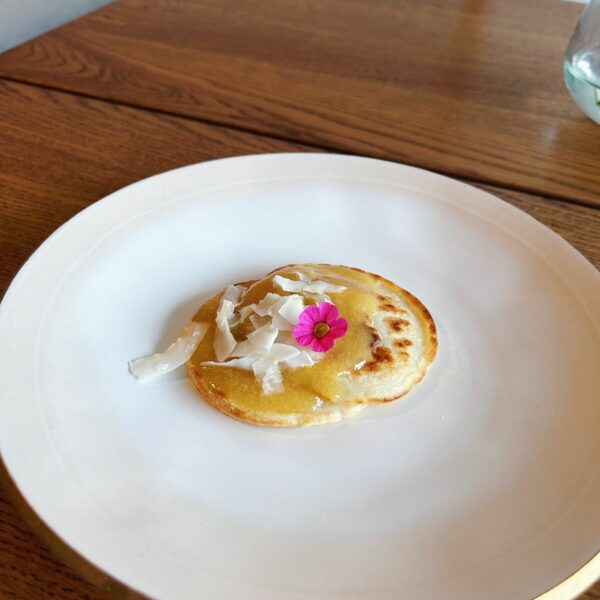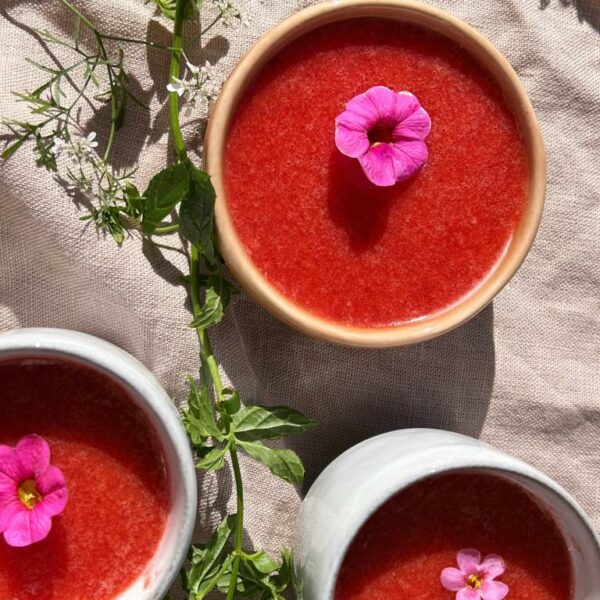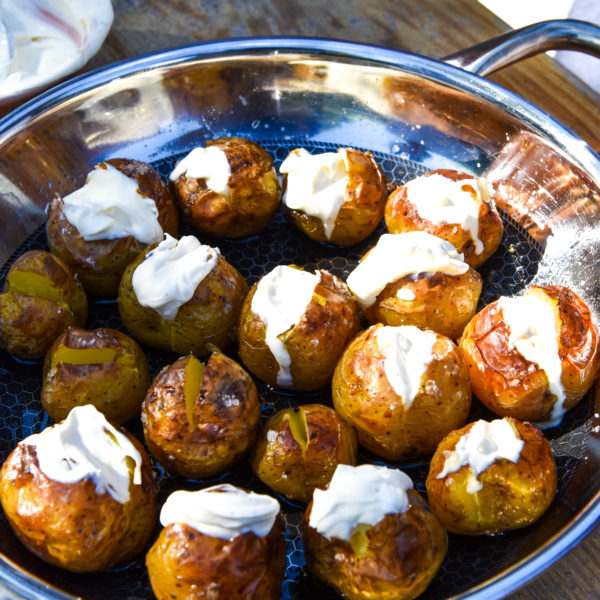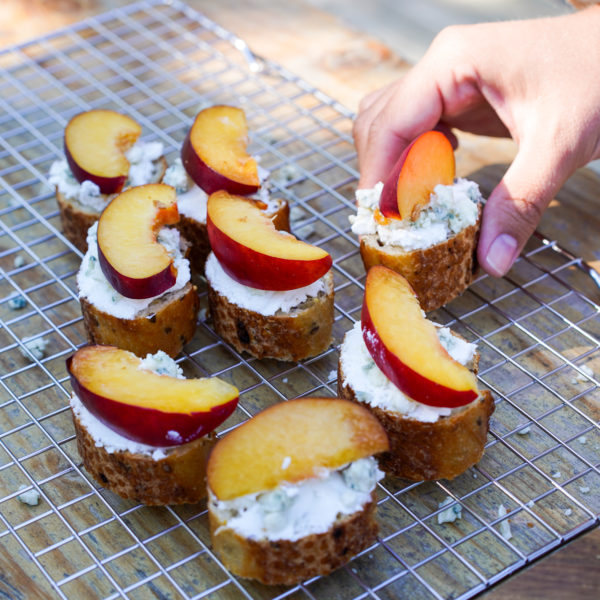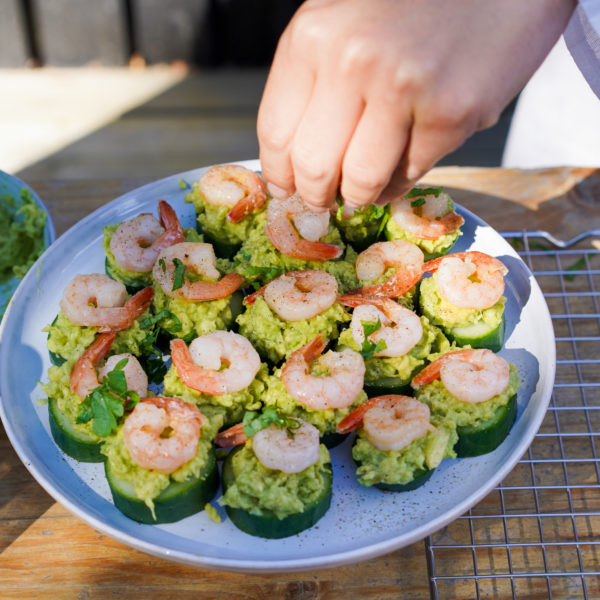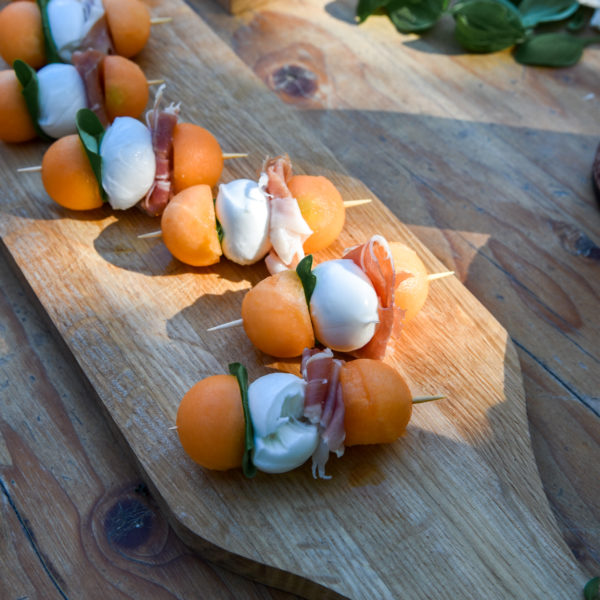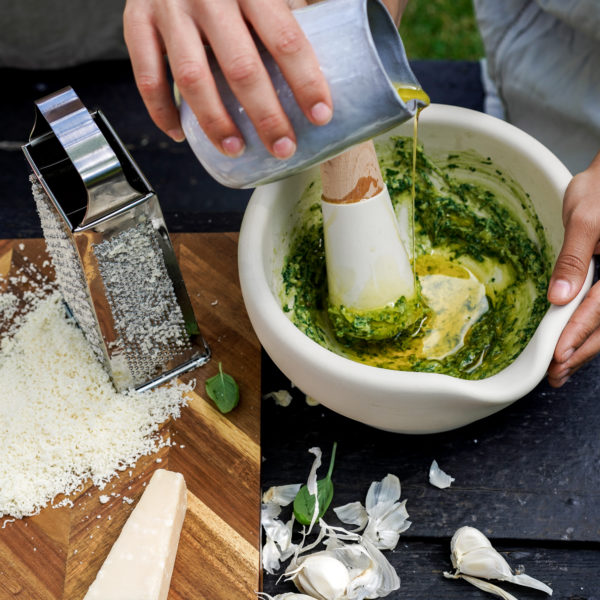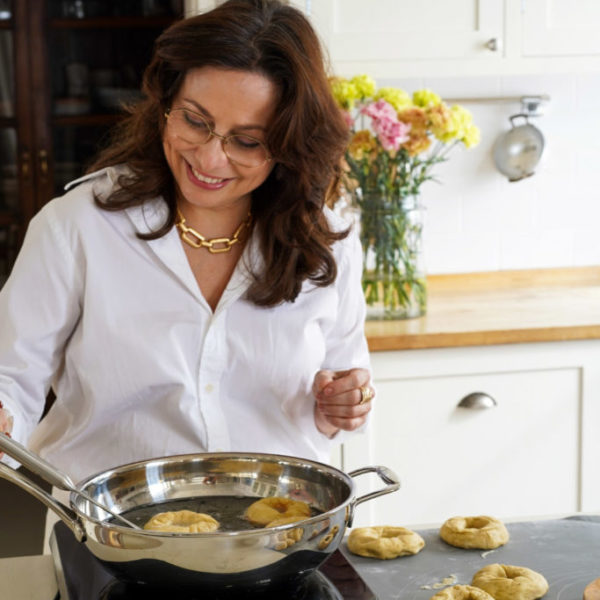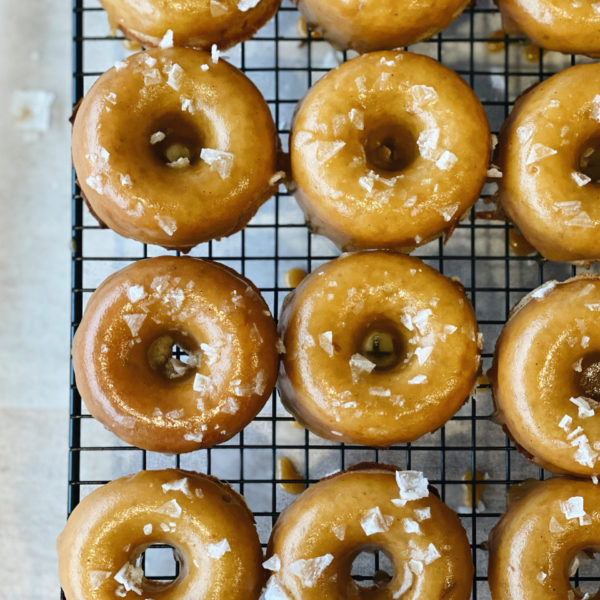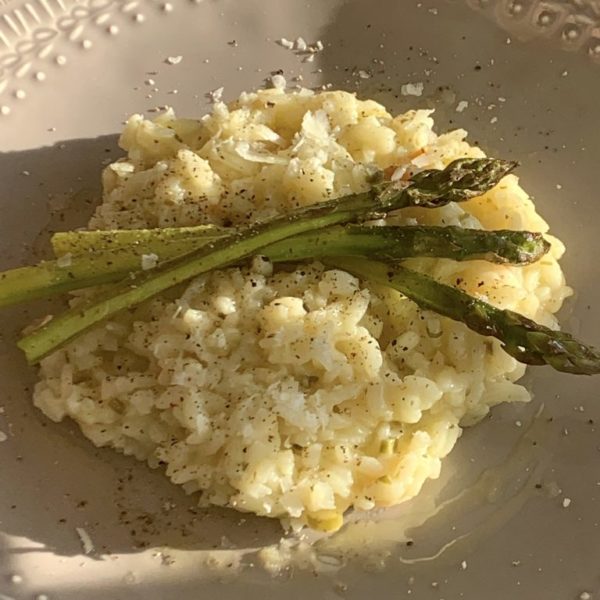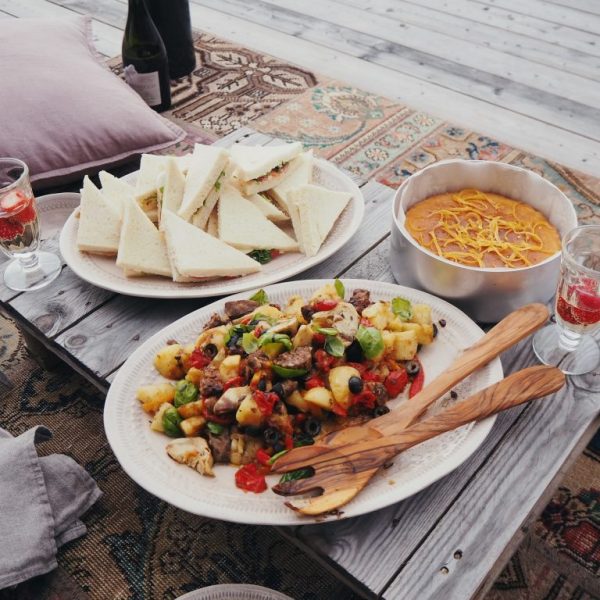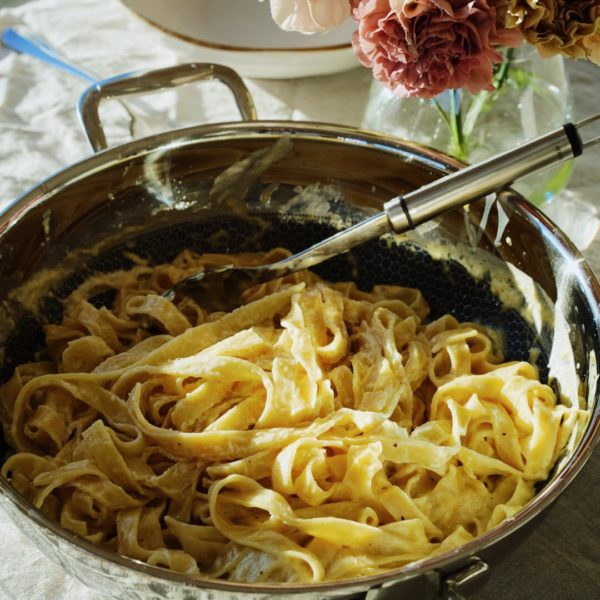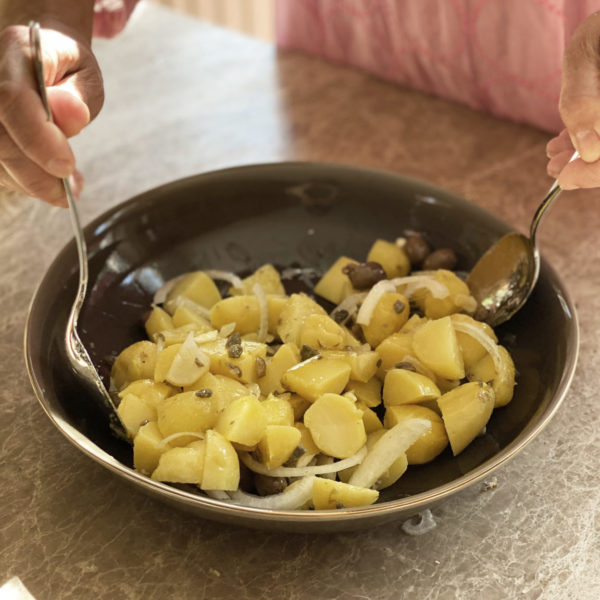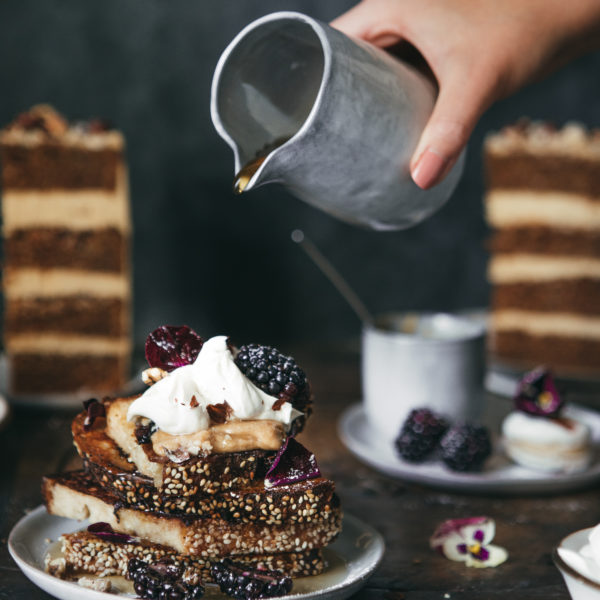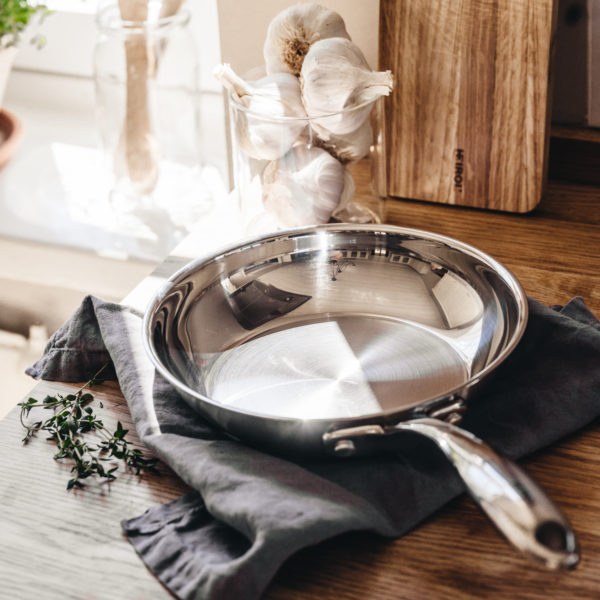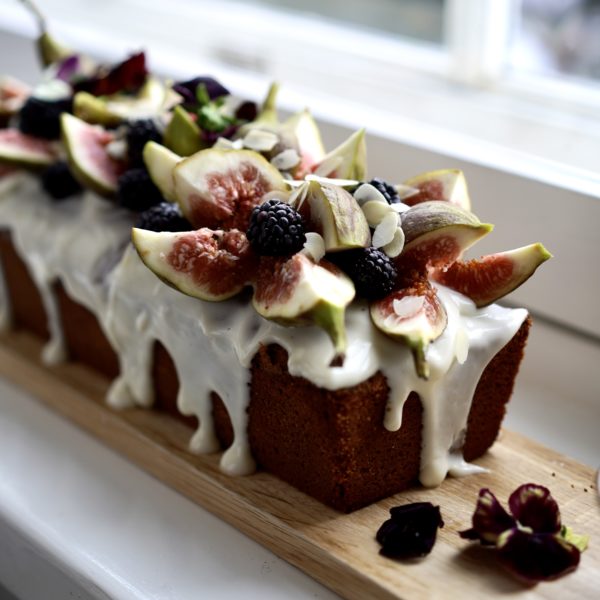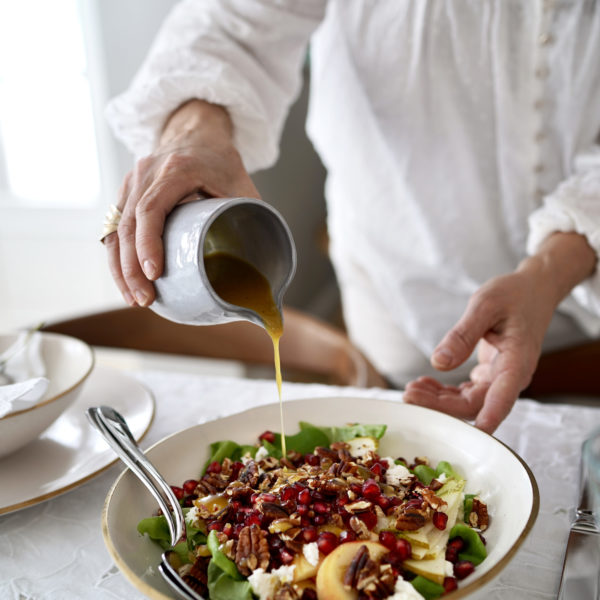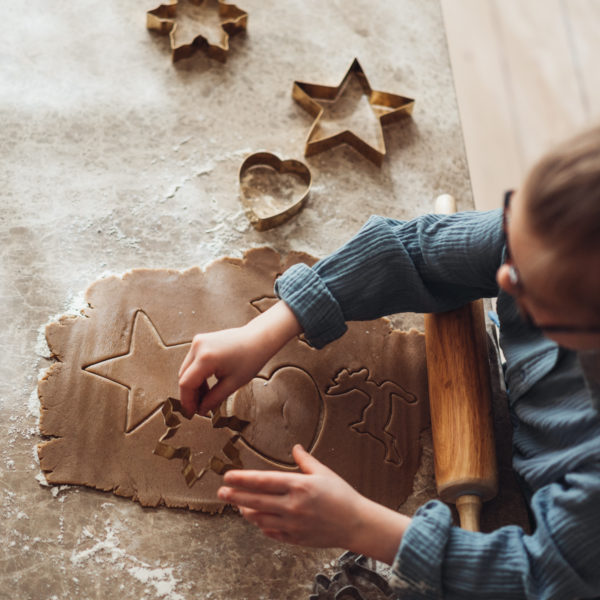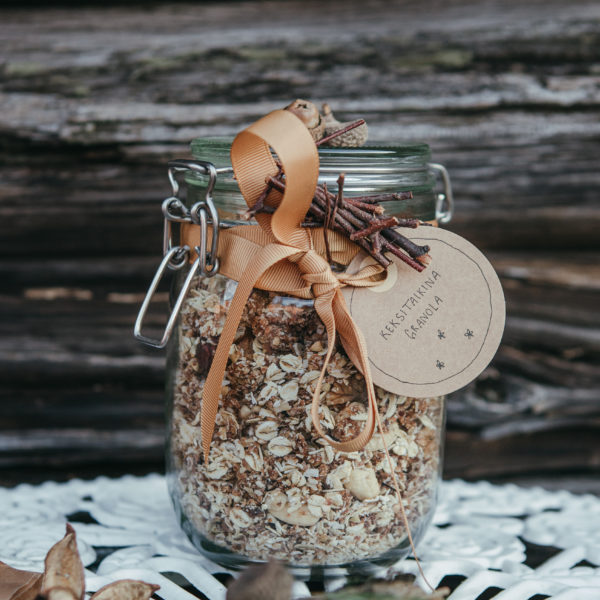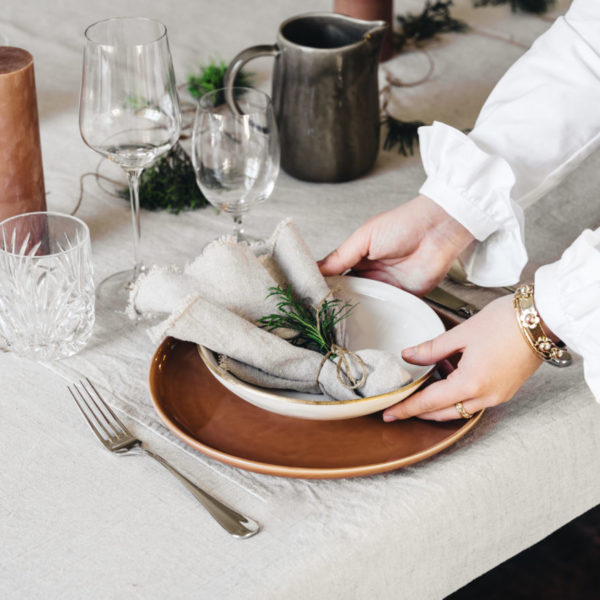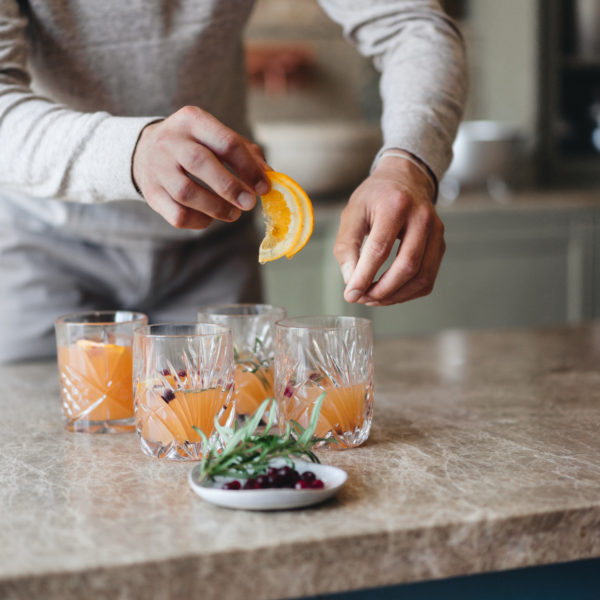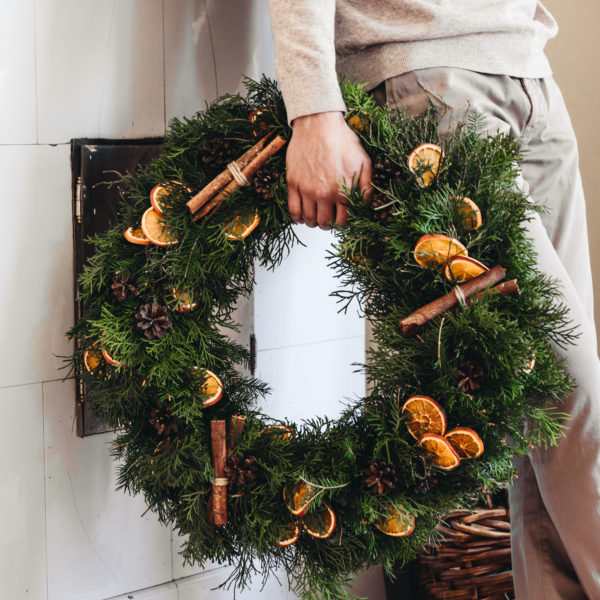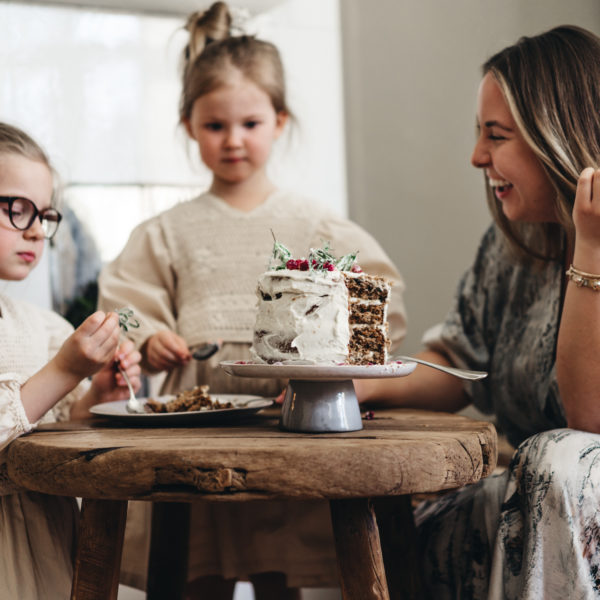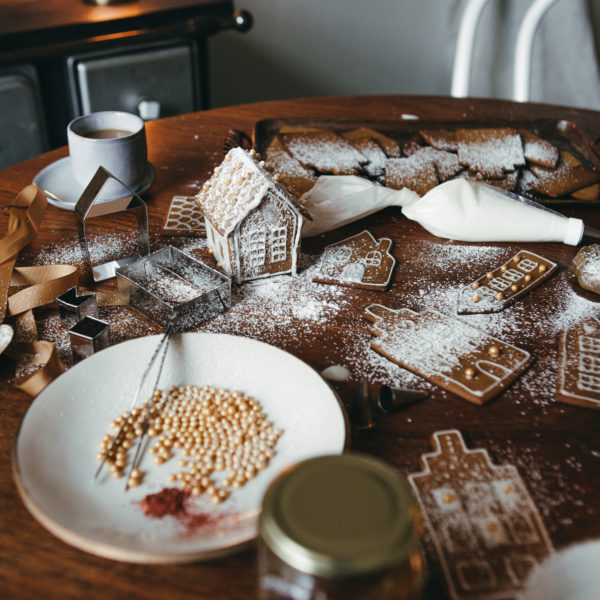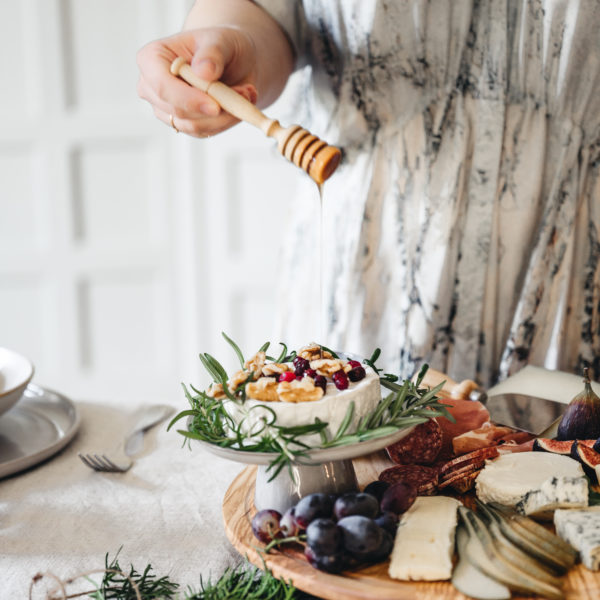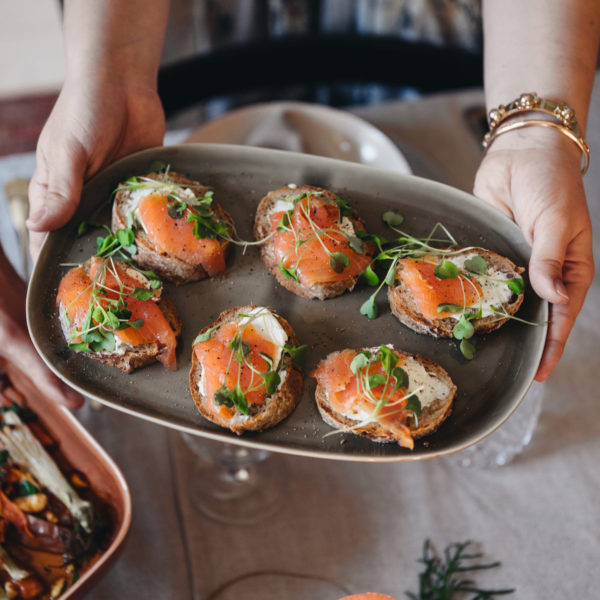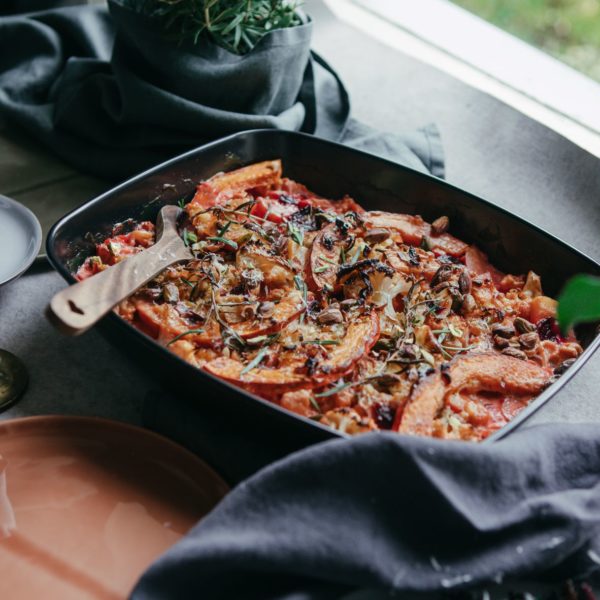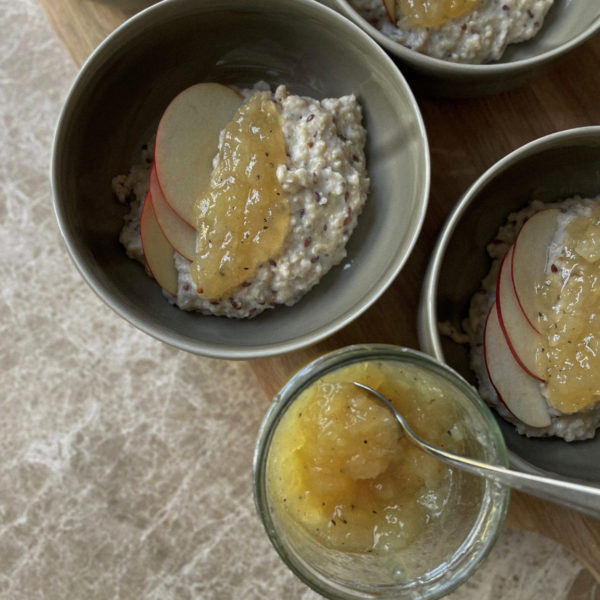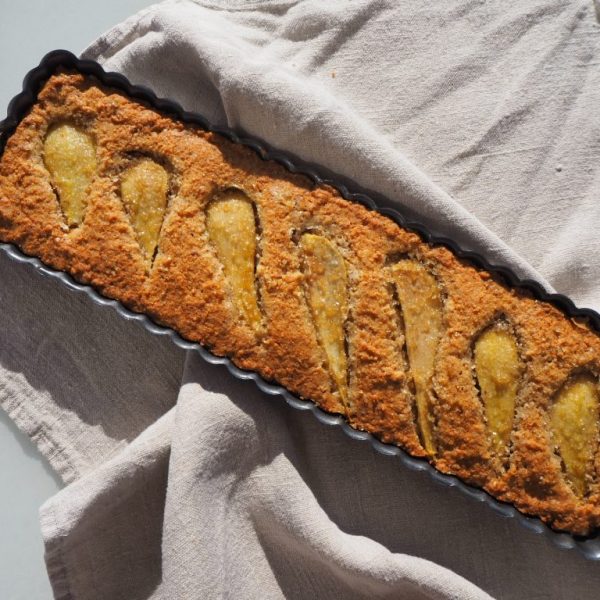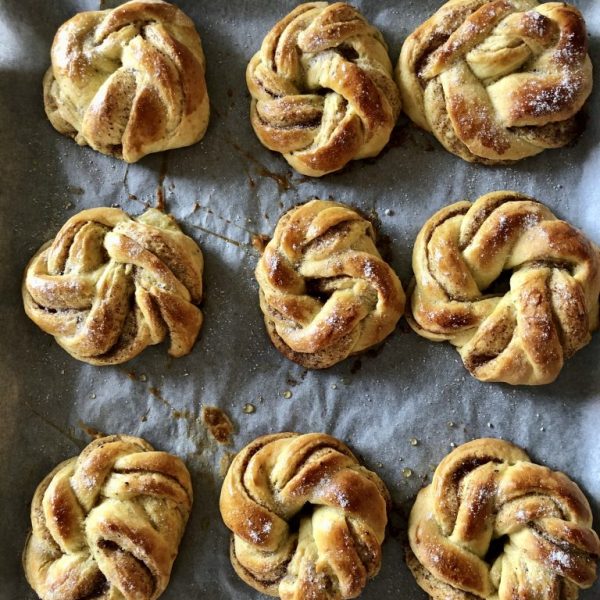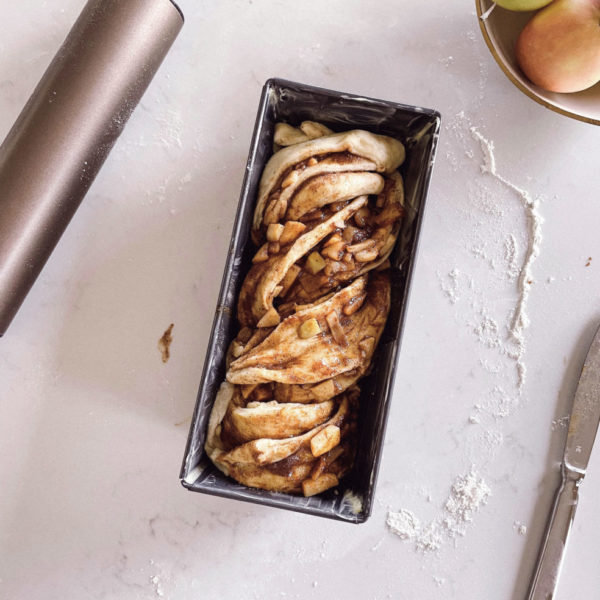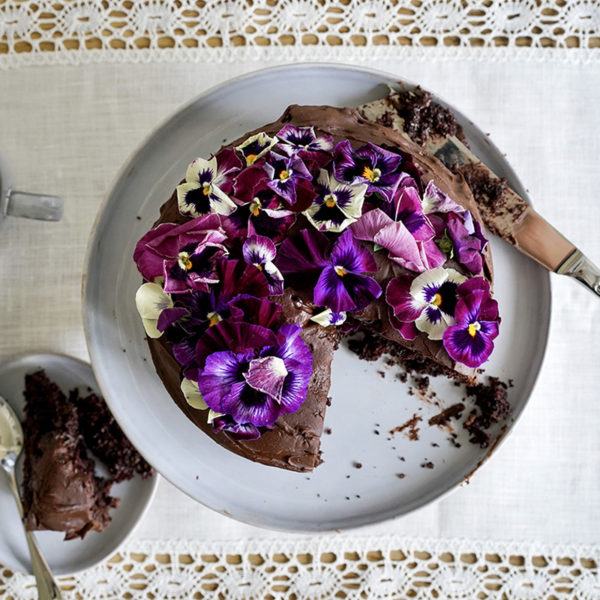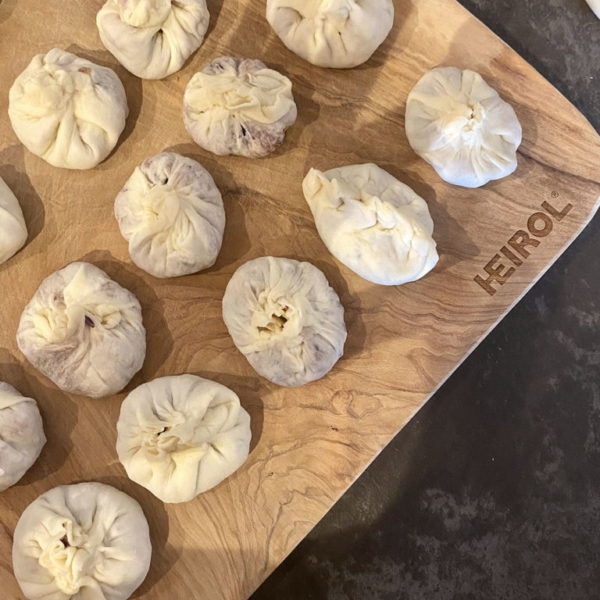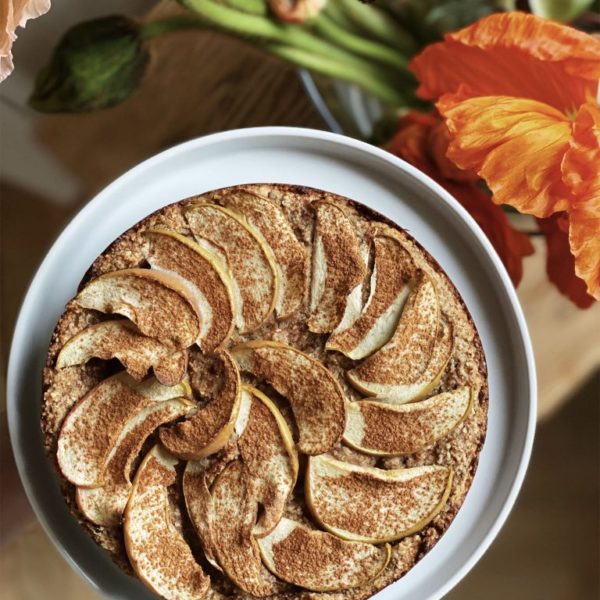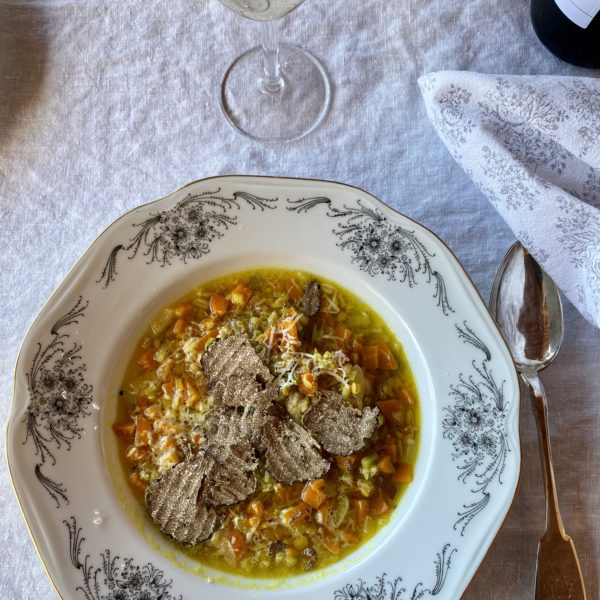Wood is a beautiful decorative element in the kitchen, but the perks of the versatile material do not end there. Choose your equipment wisely, choose wooden kitchenware.
Wood as a material is environment friendly – it’s natural, durable, biodegradable, and easy to recycle, which makes it a notably better choice for the environment than plastic. Wood is, against common belief, a very hygienic material. Wood has antibacterial qualities, meaning, that it has the ability to kill bacteria and fight against the forming of mold. It is also non-reactive, which means that it doesn’t react chemically with other substances. All this summed up, wooden kitchenware is extremely safe and healthy to use in the kitchen!
Wooden kitchenware is durable and long-lasting. They are easy to maintain and refurbish by treating them with some natural oils (such as linseed oil), and they are difficult to break. Wooden kitchen tools are also cookware-friendly (yes, that is a real word, at least at HEIROL). Wooden tools won’t scratch your non-stick coated pans or pots and won’t make as much noise as steel on steel. Also, wooden tools won’t heat up or melt if you happen to accidentally leave them on the edge of your pan or pot.
A high-quality wooden cutting board is long-lasting, hygienic, and friendly on the blade of your kitchen knife, but it will require some upkeep. A plastic cutting board is cheaper, lighter, dishwasher-safe, but it might damage your knife’s blade and a worn-out plastic cutting board is quite unhygienic. This doesn’t mean that you shouldn’t have a plastic cutting board as well – our recommendation is to have one high-quality wooden cutting board for most of your everyday use, and one or two plastic boards for fish, veggies, and ingredients that may leave some color behind. However, remember, that whatever material your cutting board is, you should wash it properly after each time you use it.
How to maintain a wooden cutting board:
- It is good, and quite necessary, to oil your wooden cutting board from time to time.
- We recommend using linseed oil, as some of the cooking oils (for example rapeseed and olive oil) might become rancid on the surface and some of the strong smells may stick to the board
- The first time you’re oiling your wooden board, you’ll want to use plenty of oil. Let the oil soak into the board and add more oil until they board doesn’t absorb it. Wipe off the excess oil with a cloth.
- Wash your wooden cutting board by hand with soap after each use. YOU SHOULD NOT WASH YOUR WOODEN CUTTING BOARD IN THE DISHWASER. Rinse the board with hot water and wipe it dry with a cloth.
- Leave it out to dry by placing it in a vertical position, so that water doesn’t get the chance to soak into it.
- If a wooden cutting board soaks up too much liquid, as it expands, it may bend or start cracking a bit.
- If you’re wooden board is very worn-out (aka. filled with cutting marks), you can use sandpaper to refine it back to it’s former glory. Remember to rub the sandpaper in the direction of the woods fibers and oil the board right after.

